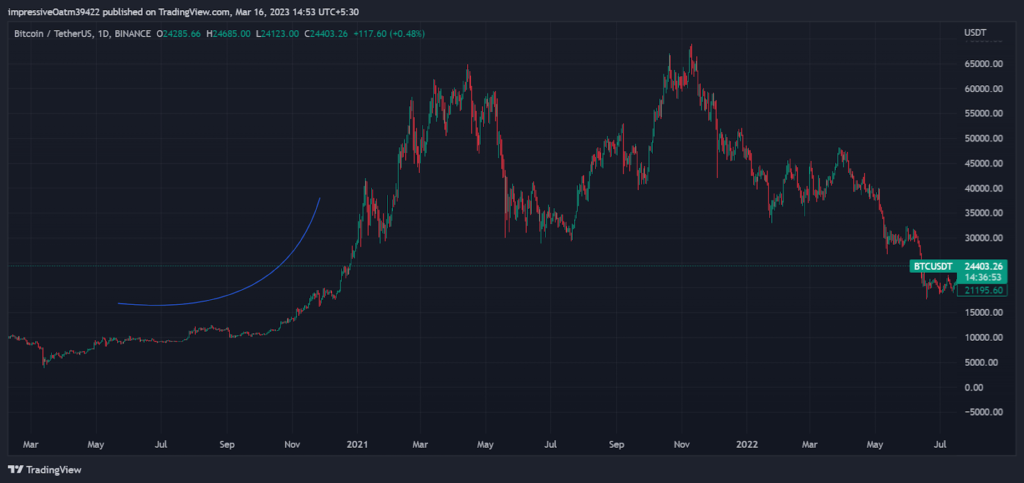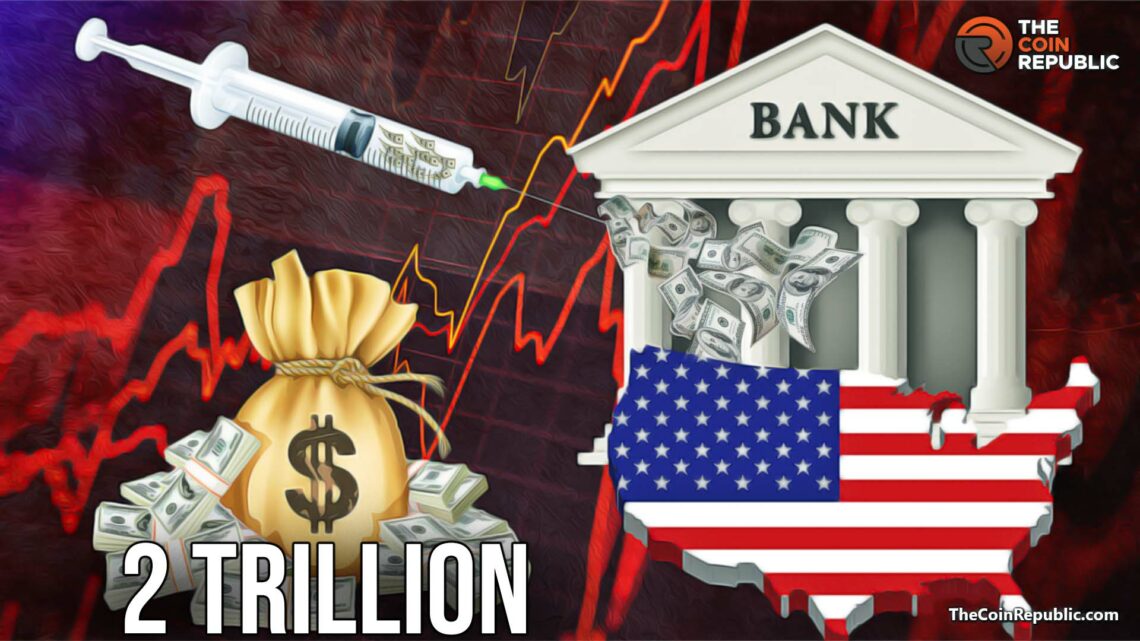- 1 FED introduces emergency loan program, after banks melting down.
- 2 The program is set to inject funds worth $2 trillion in the US Banking system.
- 3 This initiative may increase the inflation, which the FED was trying to curb.
The Federal Reserve has announced the launch of an emergency loan program under which it will inject funds worth $2 trillion into the US banking system. The funding program aims to ease the liquidity crunch, caused by the fall of major banks in the past few days, according to JPMorgan Chase & Co. After the collapse of Silvergate, Silicon Valley bank, and Signature bank, the US banking sector is facing suppressed financial supply.
FED’s funding initiative, while the largest banks are unlikely to tap it, is directed for maximum utilization of $2 trillion fund. The promised amount is equivalent to the par amount of bonds held by US banks. US authorities set up a program, post-collapse of three lenders, and aimed to prevent a “firesale of sovereign debt” to arrange for funds.
Anticipated Consequences of Injecting Funds
As per JP Morgan’s report, many speculate FED to skip the interest rate hike for next week, as they are engaged in stabilizing the banking sector. Tighter liquidity is being experienced by the US economy from both the ends. Amid Fed’s quantitative measures to control money supply and rate hikes, a shift is induced to switch from bank deposits to money market funds.
While there are still $3 trillion reserves in the US Banking system, a major chunk is held by the bigger banks, creating pseudo-monopoly in the sector. This may create favorable situations for the digital asset market. Digital asset market differentiates itself as a decentralized sector. If $2 trillion funds are injected, the supply of money will increase, increasing inflation, whereas crypto lead, Bitcoin has limited supply. Using this as leverage it may surge and target higher price levels.
After FED took the Main Street Lending Program in action in April 2020, Bitcoin (BTC) went parabolic up to $68,500 from oscillating between $6,000 to $8,000. Allegedly, whenever, FED has injected funds in the economy, crypto markets were seen forming a rally. It happened once in 2020, and many place their bets for it to occur again.

Strategic Rise in Inflation?
In 2020, the Federal Reserve took additional actions to provide funds up to $2.3 trillion to support the economy. The funding aimed to assist the households and employees of all sizes. The Main Street Lending Program was meant to support small and mid-sized businesses that were wrecked due to the crisis. Same year, FED announced a target inflation rate of more than 2% to help ensure maximum employment.
After the collapse of three lenders, and US companies laying-off, the proposal of injection and supervised rise in inflation can be a part of the strategy. This would ease the liquidity crunch, as well as ensure employment, after thousands were laid off in the past months.
Conclusion
The Federal Reserve’s decision to inject a fund worth $2 trillion can certainly increase inflation and affect the money supply. It can positively affect the digital asset market, but whether or not it will help the economy, will be known only after execution. Analysts fear inflation raging out of control and heavily affecting the global economy.
Disclaimer
The views and opinions stated by the author, or any people named in this article, are for informational purposes only, and they do not establish financial, investment, or other advice. Investing in or trading crypto assets comes with a risk of financial loss.

Andrew is a blockchain developer who developed his interest in cryptocurrencies while pursuing his post-graduation major in blockchain development. He is a keen observer of details and shares his passion for writing, along with coding. His backend knowledge about blockchain helps him give a unique perspective to his writing skills, and a reliable craft at explaining the concepts such as blockchain programming, languages and token minting. He also frequently shares technical details and performance indicators of ICOs and IDOs.


 Home
Home News
News










